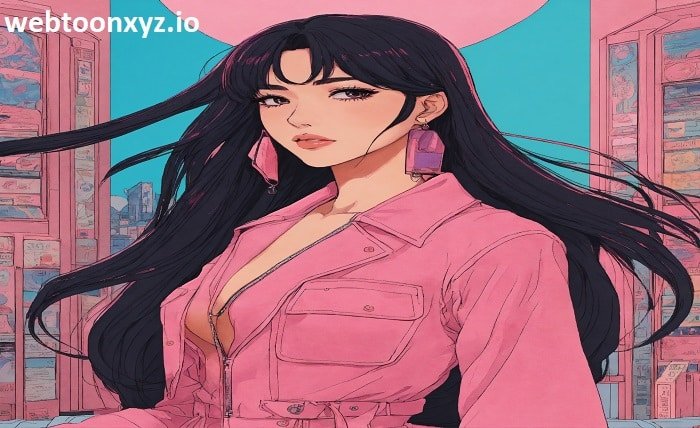Manhwa, manga, and webtoons are not just artistic expressions but cultural phenomena that have amassed a global following. Originating from South Korea, Japan, and the digital world respectively, each form brings its unique style, storytelling technique, and fan base. This section explores what makes each medium special and how they’ve come to captivate audiences worldwide.
Historical Roots and Development
Delving into history, manhwa, manga, and webtoons have developed under different cultural influences. Manga’s origins can be traced back to post-war Japan, while manhwa emerged in South Korea around the same time. Webtoons, on the other hand, are a more recent phenomenon, born out of the digital age and rapidly evolving with internet culture.
Artistic Styles and Themes
The artistic style of manhwa, manga, and webtoons often reflects their cultural origins but also shows a fascinating diversity. Manga is known for its detailed panels and emotional expressiveness, whereas manhwa tends to be more bold and vibrant. Webtoons are typically colored, taking advantage of their digital format to incorporate multimedia elements.
Popular Genres and Titles
From action-packed adventures to deep romantic tales, manhwa, manga, and webtoons cover a vast array of genres. This section introduces some of the most beloved titles from each medium, such as “Naruto” in manga, “Tower of God” in manhwa, and “Lore Olympus” in webtoons, discussing what makes them stand out in their respective fields.
Cultural Impact Globally
The influence of manhwa, manga, and webtoons extends far beyond their countries of origin, affecting fashion, movies, and even everyday language. This part explores how these mediums have transcended cultural barriers and have become a staple in global entertainment landscapes.
The Creation Process
Understanding the creation process behind manhwa, manga, and webtoons reveals the dedication and creativity of the artists. Each medium has its unique challenges and processes, from the traditional inking of manga to the digital tools used in webtoons.
Platforms and Accessibility
This section reviews how platforms like WEBTOON, Crunchyroll, and Tapas have revolutionized access to manhwa, manga, and webtoons, making it easier for international audiences to enjoy these works. It highlights how digital distribution has changed the way fans read and interact with their favorite series.
Fandom and Community Engagement
The communities around manhwa, manga, and webtoons are as diverse as the content itself. Here, we examine how these communities participate in fandom through cosplay, fan art, and forums, and how they influence the success and continuation of various series.
Legal Considerations and Challenges
While the popularity of manhwa, manga, and webtoons continues to grow, they also face copyright and distribution challenges. This section discusses the importance of supporting legal avenues for enjoying these works to ensure creators are compensated and can continue producing their art.
Future Trends and Predictions
What does the future hold for manhwa, manga, and webtoons? This part of the post predicts upcoming trends in the industry, including potential technological advancements like VR and AR, and how they might influence storytelling in these mediums.
Conclusion
Manhwa, manga, and webtoons are not merely comics; they are gateways to diverse, rich cultural narratives that offer something for everyone. Whether you are drawn to the intricate art, the deep storytelling, or the vibrant communities, there is no denying the significant impact these mediums have had on both Eastern and Western cultures. As they continue to evolve, they promise to bring new and exciting developments to the world of entertainment.
FAQ
Q1: What is the main difference between manhwa, manga, and webtoons?
A1: Manga originates from Japan, typically in black and white and read right-to-left; manhwa is Korean, often read left-to-right and can be in color; webtoons are digital, generally in color, and are designed specifically for scrolling on devices.
Q2: Where can I legally read manhwa, manga, and webtoons?
A2: Platforms like WEBTOON, Tapas, Crunchyroll, and Viz Media offer vast libraries of manhwa, manga, and webtoons, often including both free and premium content.
Q3: Are there any crossover works between manhwa, manga, and webtoons?
A3: Yes, there are several crossover projects and adaptations where popular manga have been converted into webtoons and vice versa, broadening their reach and adapting to new audiences’ preferences.
Q4: How can I support my favorite manhwa, manga, and webtoon artists?
A4: Supporting artists through purchasing official merchandise, subscribing to official channels, and participating in community events helps fund the creators and encourages the continuation of your favorite series.
Q5: What are some emerging trends in the world of manhwa, manga, and webtoons?
A5: Emerging trends include the integration of augmented and virtual reality technologies to create more immersive reading experiences, and an increase in global collaborations that bring diverse storytelling perspectives.





